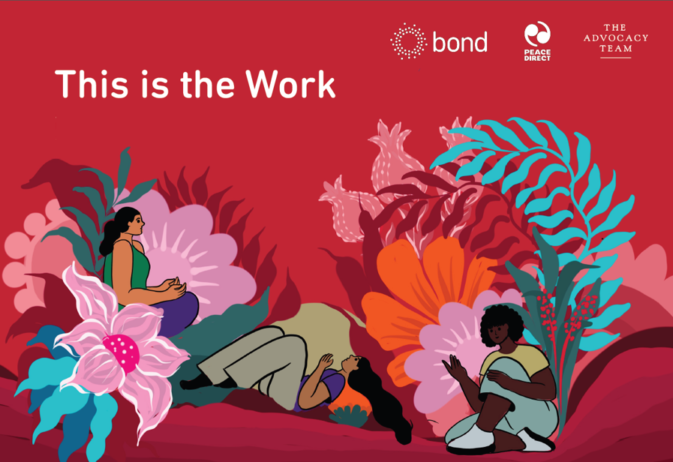Learning the art of advocacy and campaigning
It has been a tough period for the NGO sector and the communities we work with.
Humanitarian crises, the merger of Department for International Development (DfID) and the Foreign Commonwealth Office (FCO), two rounds of crippling cuts to Official Development Assistance, the closure of programmes, followed by a vote in parliament to cement the cuts to UK Aid, potentially for the foreseeable future, the sector has been through an awful lot.
It is understandable that we sometimes pause and ponder whether we as a sector have any power. Can we really influence this government, considering our challenging political context?
At the same time, we as a sector have secured impressive wins – cementing support for UK aid across all political parties, retaining robust independent scrutiny covering how UK aid is spent and ensuring civil society voices continue to be heard on key issues such as climate change, vaccine equity and open societies.
Subscribe to our newsletter
Our weekly email newsletter, Network News, is an indispensable weekly digest of the latest updates on funding, jobs, resources, news and learning opportunities in the international development sector.
Get Network NewsTruth be told, there isn’t really a clear answer. It’s both yes and no. Influence and change is about timing and opportunity. It’s about analysing where and when the “influencing” moments or opportunities are about to strike, and to pay attention to realise which MP or influential person is saying what, when and why. Often folks get so bogged down with what the key messages of a campaign are, they neglect the fact that the messenger is just as important as what you’re trying to say.
And then there is the choice of what campaigners call “insider or outsider” advocacy. Is it better to work with allies behind closed doors, or should you and your organisation make the choice to make public statements in the hope to put pressure on decision-makers? Again, there is no right or wrong tactic here – sometimes behind the scenes conversations make a lot more progress than scathing media quotes. Other times, behind the scenes conversations with policy makers serve as a box-ticking exercise for them. You need external comms to cut through, highlight and amplify your issue.
Influencing is an art, not a science, and there is never a right or wrong way to do things. You can never equate effort with success when campaigning – sometimes a well-planned advocacy strategy will fail whilst one email or phone call can change the world, and vice-versa. Influencing is not transactional and often it will feel like banging your head on a brick wall.
But there are theories and techniques that can help you understand how and when to spot opportunities for change. Bond’s Developing an advocacy strategy course can help you and your organisation understand how to build a strategy and use tried and tested theories to create the change you want so you know and understand all of the tools you have at your disposal. And don’t forget to check out Bond’s “Campaigning during Coronavirus” report where we showcase ten successful campaigns executed during Covid and the tactics that drove them.
Category
News & Views



